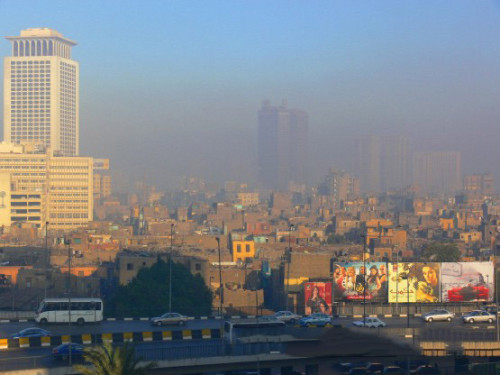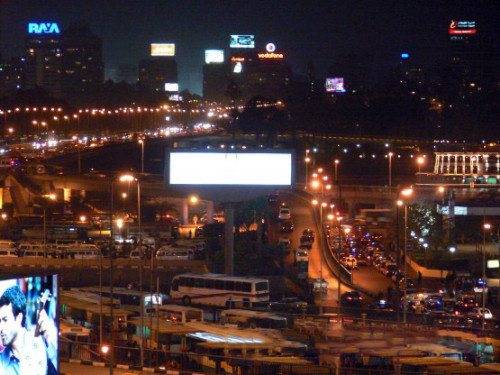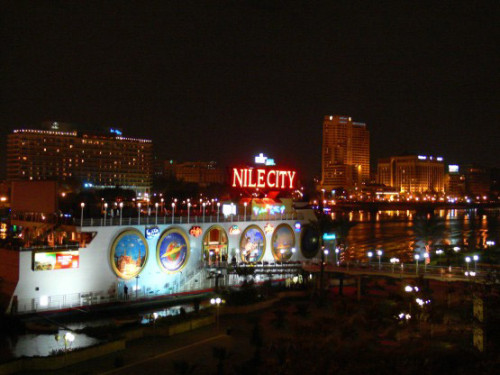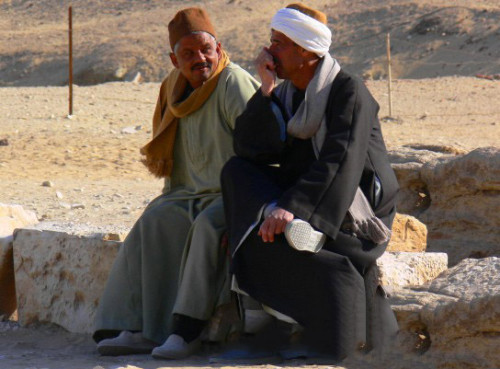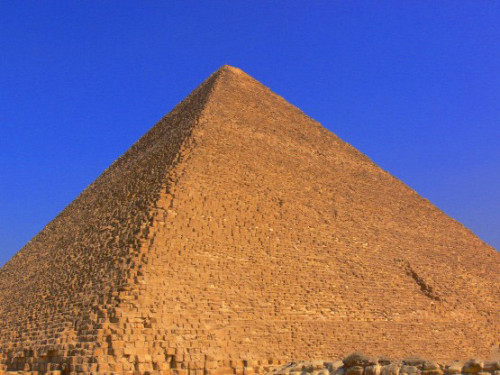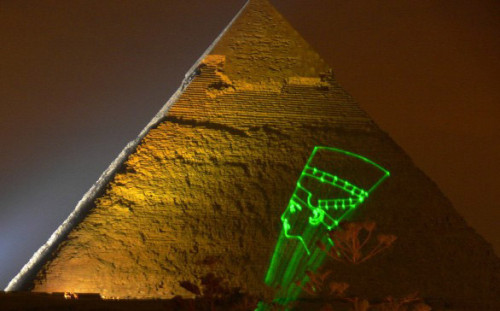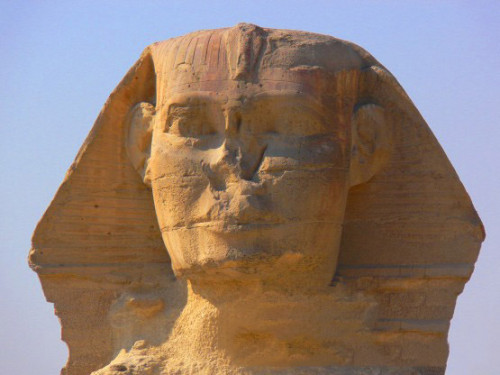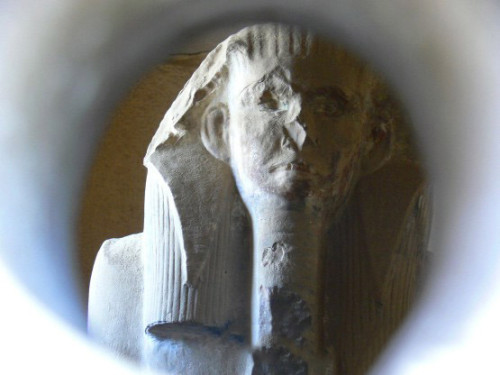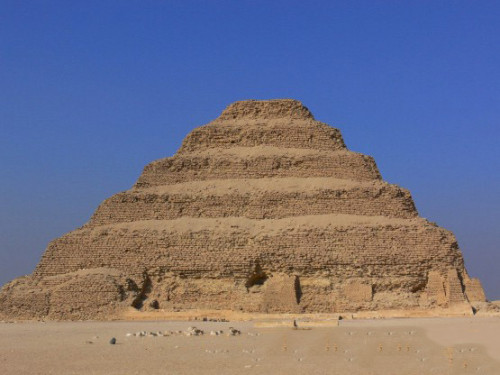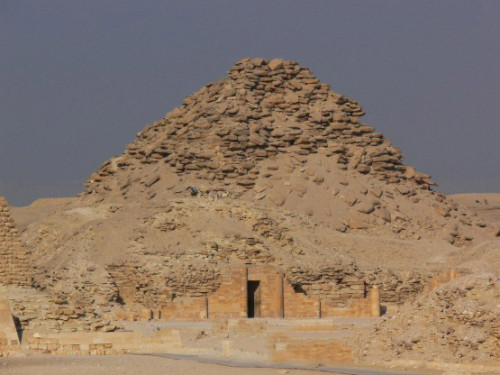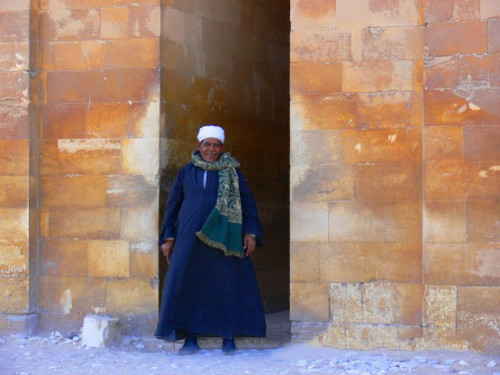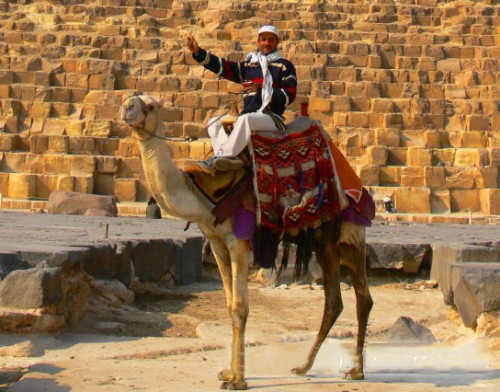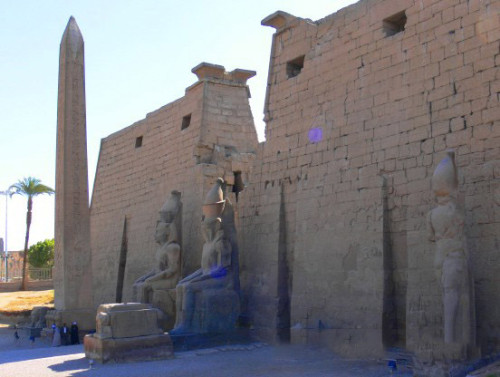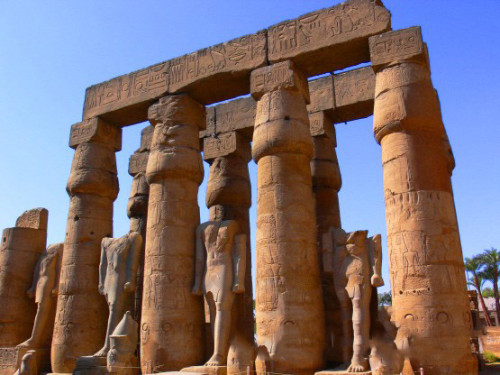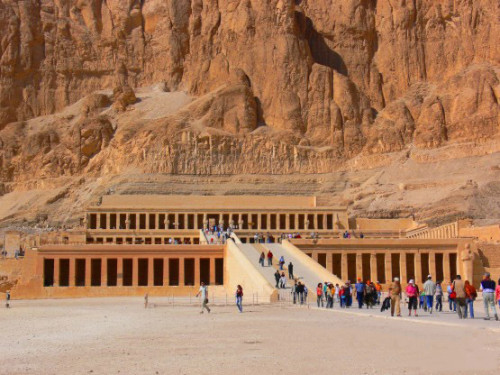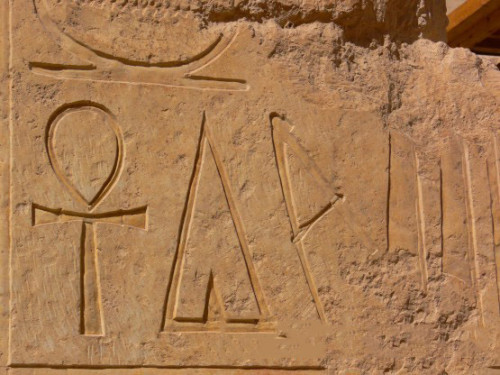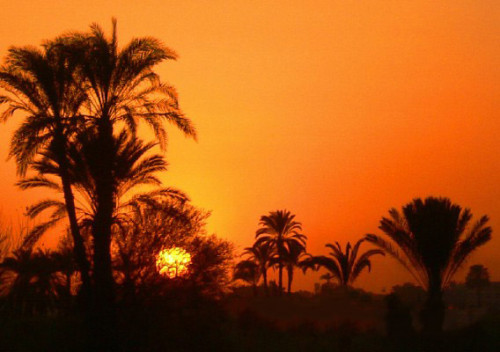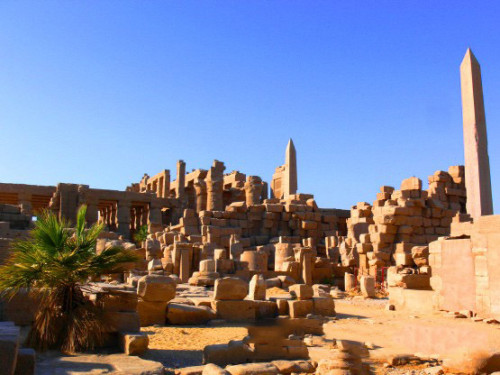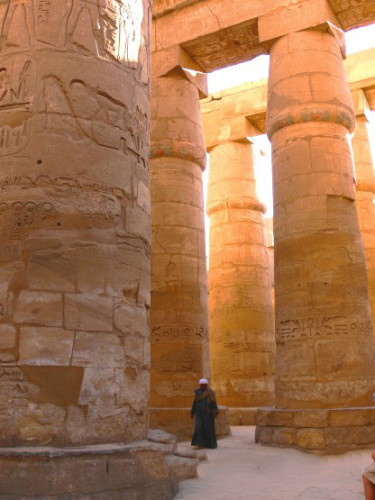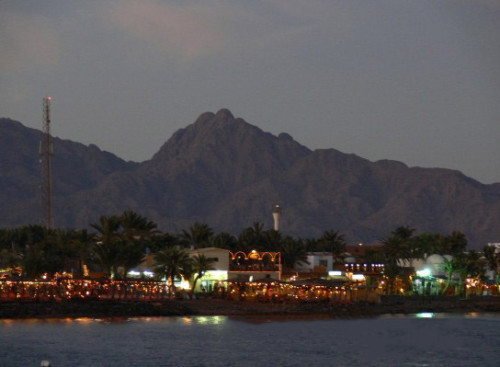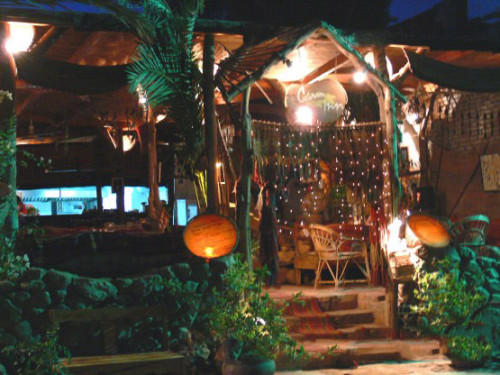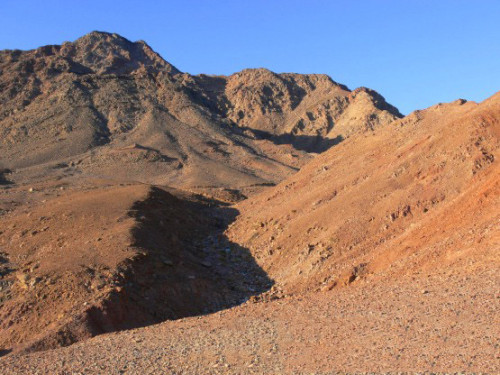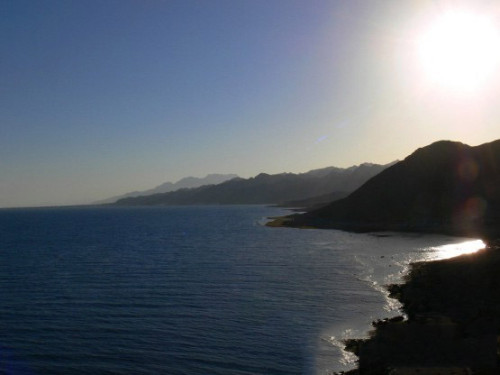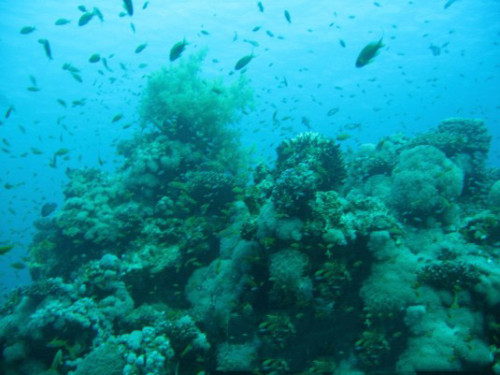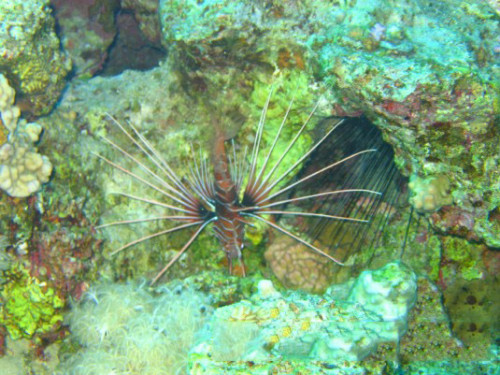Traveling in Egypt
Egypt was once one of the most popular destinations in Africa and with good reason. Its ancient history and influence from some of the world’s most powerful empires such as Alexander the Great, the Roman Empire and the Ottoman Empire can still seen today. All of these empires have left behind countless ruins and stories scattered throughout the country. In modern times Egypt has been known for its luxury accommodations and strong tourist infrastructure, but recently the challenging political system and weak government has turned many people away. Travelers to Egypt rarely find themselves caught up with domestic issues, but with the country’s future uncertain, we can only hope that peace and stability returns soon.
Cairo is one of Africa’s largest cities with a population that tops 10 million. Ancient people first began to settle in the region because of the fertile lands around the Nile which guaranteed water and food. The Nile River is the longest river in the world and Cairo is the last stop before it empties out into the Mediterranean Sea. Because most of Egypt is otherwise hot and uninhabitable, nearly all of Egypt’s major cities and ruins are either built along the coast or the Nile River. Above are some of the overcrowded sections of downtown Cairo, with a photo of some high end restaurants located along the Nile on the lower left. Cairo offers just about every kind of food you can imagine and even comes with several popular international restaurants. You’ll see a mix of culture here in Cairo for sure, but a large amount of Egyptians since wear traditional clothing like on the lower right.
Most will say that a highlight of visiting Egypt is seeing the great pyramids. The pyramids have long been an international icon of world travel, and for many to see them with their own eyes is the holy grail of travel. Since I have always learned about the Egypt growing up I had always known that the pyramids in Egypt are actually giant tombs. The reason for building these pyramids were to protect their former kings, who the population believed would later return to life. Beyond the sarcophagus of their kinds, the pyramids were also filled with treasures, personal effects, and important items they believed the kings would need when they returned. Aware that many might attempt to loot the pyramids, the entrances weren’t always clear. Gaining entry sometimes required finding hidden doors or even passing by dangerous traps.
The pyramids are without question the most remarkable achievements of the ancient Egyptians, but they created hundreds if not thousands of other impressive structures. After the pyramids, the most famous would be the Great Sphinx photographed on the upper left. Th Great Sphinx is one of the world’s most impressive and oldest statues. They also built countless statues and such as this one on the right. It was actually built inside a small pyramid of it’s own with just a tiny eye hole to view inside.
The construction of all of Egyptians ancient pyramids and statues happened throughout several centuries. The oldest known pyramid in Egypt is the step pyramid seen to the left. It’s believed that the step pyramid was actually originally smaller in height, but after its completely a decision was made to add another layer or two. This also was the reason why the pyramid is slightly lopsided with the right hand side having a sharper incline. Clearly these early builders had not yet mastered creating pyramids! This other pyramid on the right is another one of Egypt’s oldest, having been reduced to almost nothing but a pile of bricks and sand. There are said to be over 100 known pyramids in all of Egypt with occasional discoveries of new ones occurring every few years.
A quick side note; I hate to say it but Egypt was one of the most annoying countries I ever went to in regards to tipping and begging. This guy riding the camel tried to give me a five minute camel ride for $25! Of course I understand that people need to make money, but it felt like almost everyone I encountered expected a large tip or donation and would be offended otherwise. As an example I was sitting down on a bench when an Egyptian approached me and started talking. He was actually well dressed and had very good English. I seriously thought he might be a tour guide or even something like a doctor. After the conversation he asked that I give him money and when I said no he persisted with why not. Of course not everyone is like that here, the man on the left was extremely nice and even let me take his photo. His English was as good as my Arabic, so we weren’t able to talk, but I could tell he was just a friendly person.
After the great pyramids in Cairo, the second most visited place in the country is the temple of Luxor. The first photo on the left is the temple entrance that is guarded by statues and an obelisk. On the right is a photo of some the giant columns on the inside. This temple has seen influence from many other religions and people. After Alexander the Great conquered Egypt, he allowed the Egyptians to keep their current faith and in some ways even supported it. Alexander the great also had a mural of himself painted inside this temple with his name in hieroglyphics. Later Muslims built a mosque within Luxor, and later the Christians also painted a mural of the Last Supper that is still visible on the walls.
Another temple built by ancient Egyptians but with a very different style is Hatshepsut temple; actually built by a Queen. She claimed her father was a god, and therefore as a descendant from the divine she should be king. She did rule for a short period of time, but it didn’t take long for her to become unpopular. She eventually was overthrown by invading armies and once the temple was taken over any image of her was destroyed. The rest of the temple was left in tact, such as the hieroglyphics photographed on the right. The first symbol in the photo is the key of life; one of their most important hieroglyphics.
Ancient Egyptians worshiped both life and death with their beliefs based off the earth’s rotation around the sun. They believed that the rising sun was born each day and died in the evening. Because of this cycle, the ancient Egyptians also believed this applied to life, and that as people were born and died, they would later return. Above is the setting sun, which of course takes place every evening on the west side of the Nile. Since dusk represented death, all tombs located along the Nile were built to the west of the river while the cities and homes were built on the east. On the upper right is one of the largest temples in the world and was in use for centuries. Known as Karnak, it was one of the great cities and temples in Egypt and saw over 30 pharaohs during its time. On the right is a photo of an Egyptian walking past Karnak’s giant columns.
Aside from the city life, ancient pyramids and temples in Egypt, people also come around the world to visit the Red Sea. The Sinai peninsula is known for its hot sunny weather and beaches. Above are photos of the city Dahab, which is one of the resort cities in Sinai. I did plenty of exploring in Dahab but wish I took more photos to share the city. There are several exotic shops and even some decent night life to keep you entertained after hours. For those that want to drink, alcohol is available in almost all restaurants here. Unfortunately Sinai has seen some successful terrorist attacks and some western countries even suggest not visiting this region at all.
The terrain in Sinai is mostly mountainous with very little vegetation. I took these photos above to show some of the dry lifeless mountains that end at the sea. By walking along the desolate coast, you would never imagine that the red sea is one of the best places in the world for sea life. I actually did a few scuba trips here. Below is a large school of fish is on the left, and on the right is one of my favorite fish, the emperor angel fish.
Diving in Egypt was one of my earlier diving experiences. I had seen coral like in the photo on the upper right in many places, but the lion fish on the right was a first for me. I actually went snorkeling the day before my dive and ended up getting sick because I swam in the cold January water without a wet suit. Since I became a little congested I wasn’t really able to dive as deep as I wanted and missed out on a few things!
These last diving photos show two species of angel fish above with a parrot fish and a large puffer fish below. I came across dozens of other species of fish, and I even saw a small octopus on the ocean floor! Since at the time I was so focused on trying to clear my ears I didn’t even realize that the octopus was an arms reach in front of me until it swam away!
